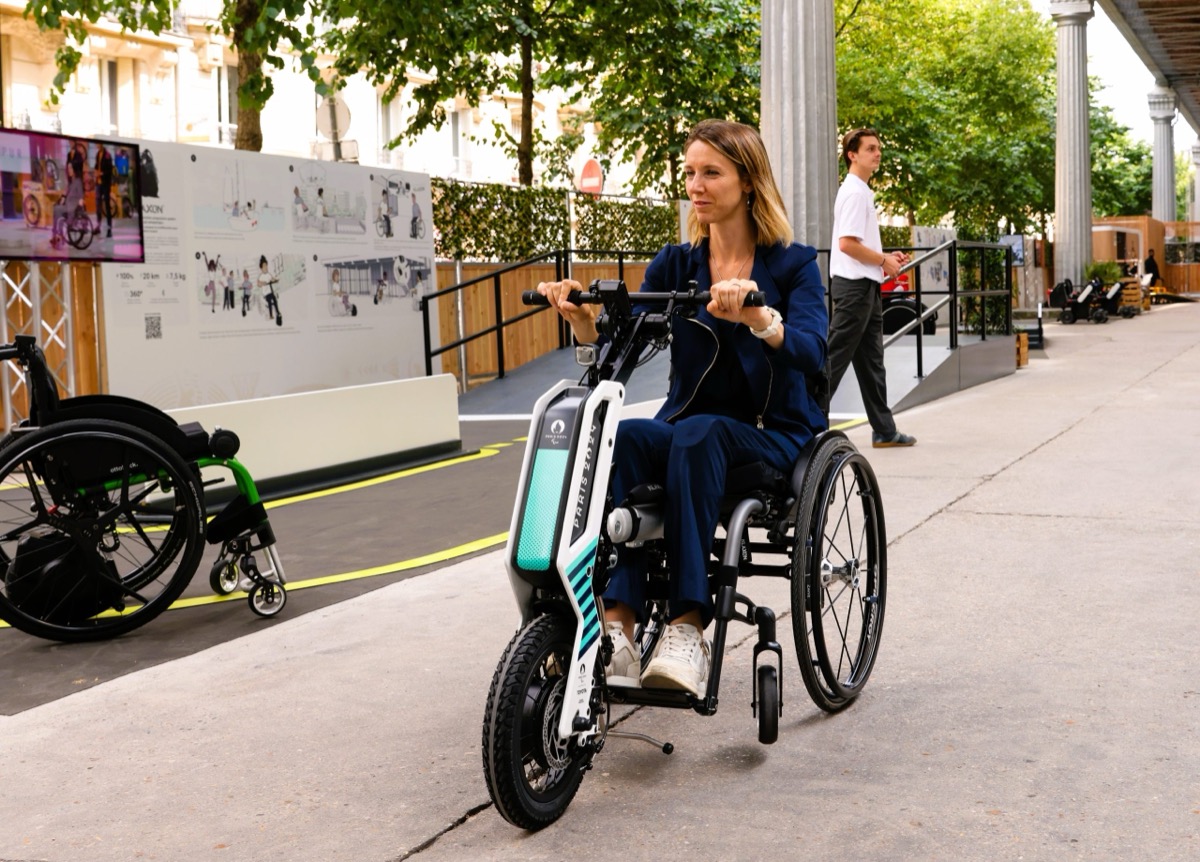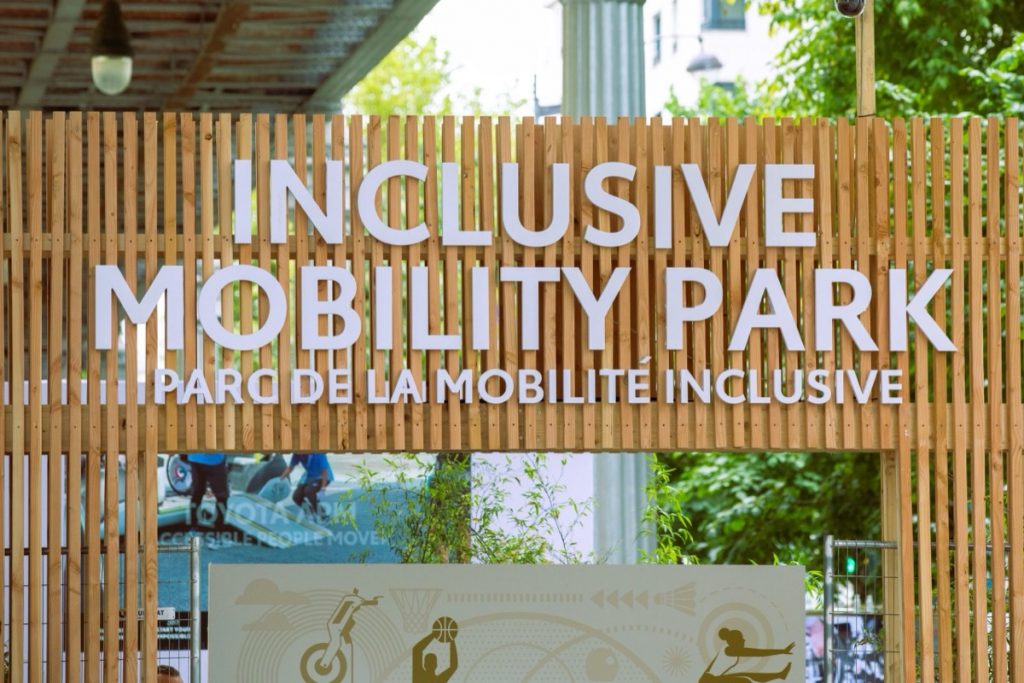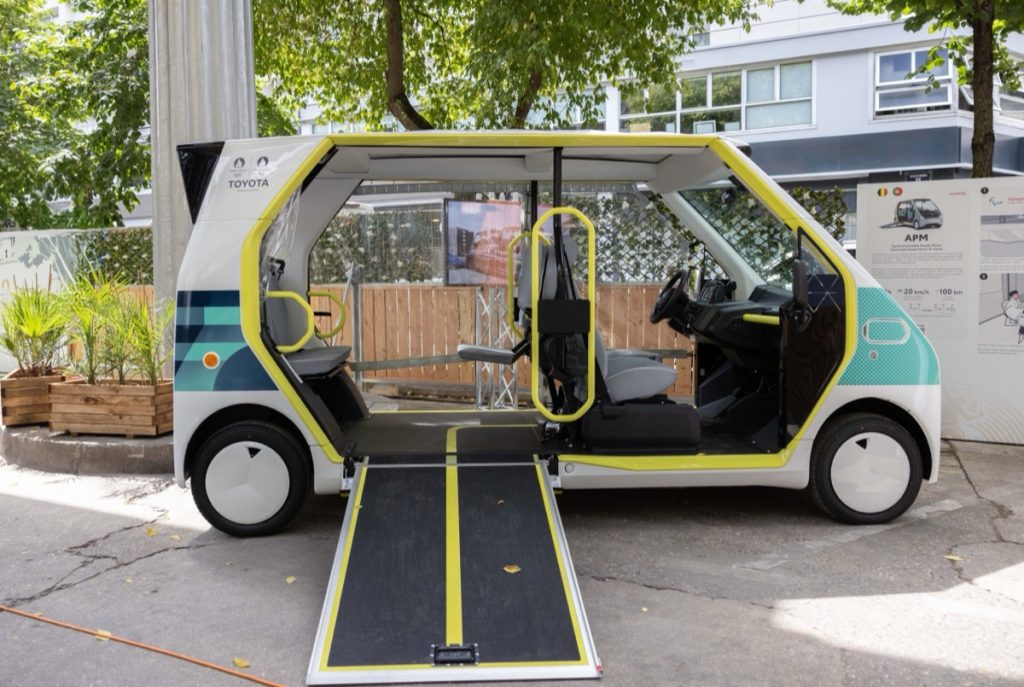FYI, it’s ‘SYI’ in Paris

Paris, France — In the heart of the French capital are two venues where Toyota Motor Corp, the official partner of the Paris 2024 Olympics, bares its heart and mind not just for the courageous athletes of the 2024 Olympics, but also for its daunting quest for carbon neutrality: The Toyota House and the Inclusive Mobility Park. Both are located within a 5-minute walk of each other.
These venues display the technology concepts, mobility devices, and the history of the carmaker. They’re also where images of its over 250 Global Team Toyota Athletes (GTTA) are proudly displayed, including those of the 11 athletes from Asia (India, Malaysia, Nepal, Pakistan, Philippines, Singapore, Thailand and Vietnam).
The Toyota House is located at 1 Quai De Grenelle in Paris—a stone’s throw from the iconic Eiffel Tower. It’s hard to miss it. A giant “Start Your Impossible” banner runs down an entire side of the building, showcasing 5 of its GTTA members.
The Toyota House had just been opened specially for Toyota’s estimated 7,000 guests coming in for the Games. When our group of Asian journalists dropped by, I felt a sense of pride seeing pictures of our very own Paralympic athlete Ernie Gawilan and gymnast Carlos Yulo included in the GTTA showcase. There’s even a big touch screen mounted on a wall, called the “Cheer On Your Athlete” online corner, where one can type in and directly send their message of support to their country’s athletes. 
‘Dual hero’
Preston Tan from Toyota Motor Asia Singapore said: “Each Global Team Toyota Athlete in Asia is not only a trailblazer but also a ‘Dual Hero,’ where they champion social causes through Hero Projects that foster a positive change in their community. We take pride in the unrelenting dedication they have displayed in their respective disciplines and wish them the best on the international stage.”
While Yulo advocates for food security, especially for children to obtain the balanced nutrition necessary for overall health and a strong start in life, Gawilan, for his part, is an advocate for mangrove preservation and restoration. I encountered Gawilan, with fellow Paralympic athlete Edwin Villanueva, practicing what they preached in a coastal cleanup and mangrove planting activity in Lian, Batangas, organized by Toyota Motors Philippines in September 2019.
In the basement of Toyota House could be found a display of the battery electric vehicle (BEV) Lexus LF-ZC concept, along with exhibits of Toyota’s diverse technology developments, such as hydrogen capsules and a micro Palette prototype.
On the other hand, the Inclusive Mobility Park is like the carmaker’s “playground” for its guests, where various electric-powered personal mobility devices for individuals with limited movements can be demonstrated. Unlike Toyota House, which is open only to invited guests for the duration of the Olympic and Paralympic Games, the Inclusive Mobility Park will open up to the public on Sept. 9 and 10. The Inclusive Mobility Park showcases Toyota’s vision of “Mobility for All.”

The Accessible People Mover BEV, of which about 250 have been deployed—were designed to be used in and around the Athletes Village by athletes, visitors and staff around the sports facilities.
There’s also the micro mobility transports C + Walk S, C + Walk T and Yosh-E. About 200 Yosh-E transports will be provided for paralympic athletes, who may get access to these last-mile vehicles via the Kinto app. The self-balancing personal transporter Genny (created by a company Toyota supports) takes a bit of getting used to but is great at weaving through crowded places and going up steep ramps.
I was also familiarized a bit with the hydrogen cartridge technology that powers the H2-powered cargo bike.
About 2,650 electrified passenger vehicles have also been provided as support vehicles for the Olympic and Paralympic Games. Hydrogen-powered buses, coaches and trucks are also being used in Paris.
Toyota’s comprehensive efforts to use new-energy vehicles (NEVs) for the entirety of the Olympics and Paralympics is in line with the Olympics’ goal of reducing the carbon footprint of the Games by 50 percent. And it’s turning out it’s not such an impossible task, after all.

















